- 23
- Mar
Apa kapasitas baterei lithium bosok, wong pungkasane nyimpulake
Baterei litium-ion minangka baterei sekunder sing paling cepet tuwuh sawise baterei nikel-kadmium lan nikel-hidrogen. Sifat-sifat energi sing dhuwur ndadekake masa depan katon cerah. Nanging, baterei lithium-ion ora sampurna, lan masalah paling gedhe yaiku stabilitas siklus ngisi daya. Makalah iki nyimpulake lan nganalisa kemungkinan alasan kanggo nyuda kapasitas baterei Li-ion, kalebu overcharge, dekomposisi elektrolit lan self-discharge.
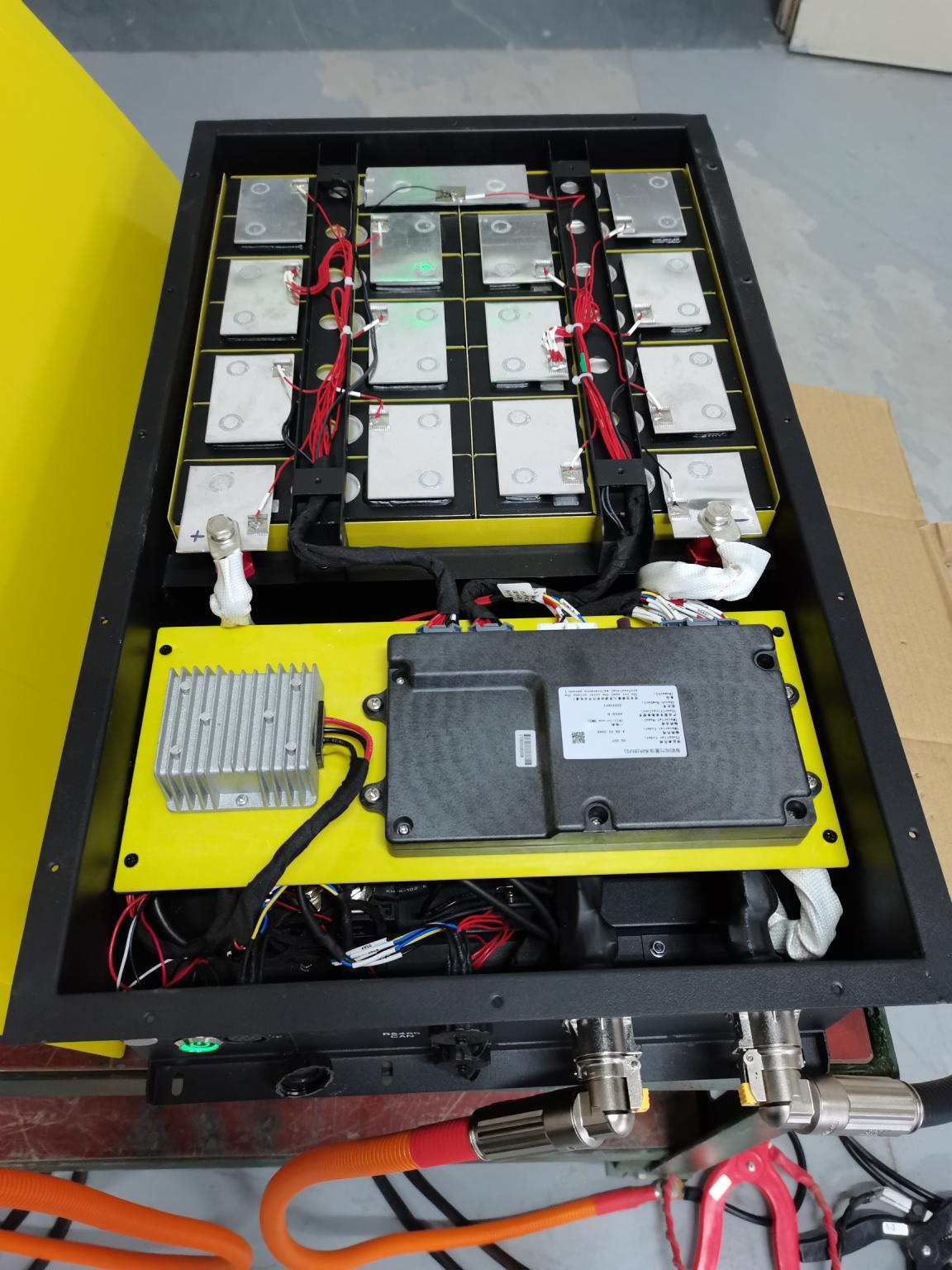
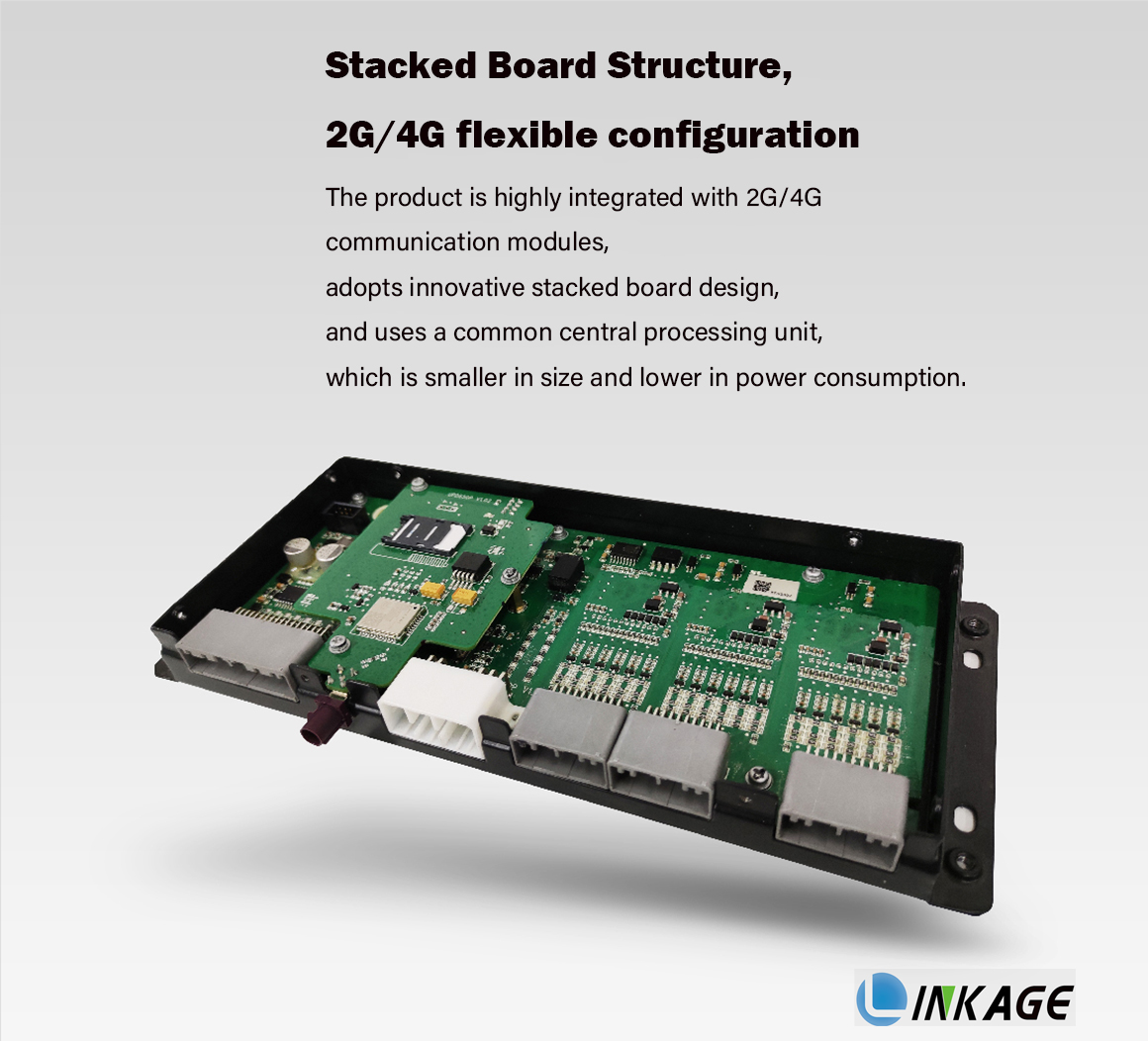
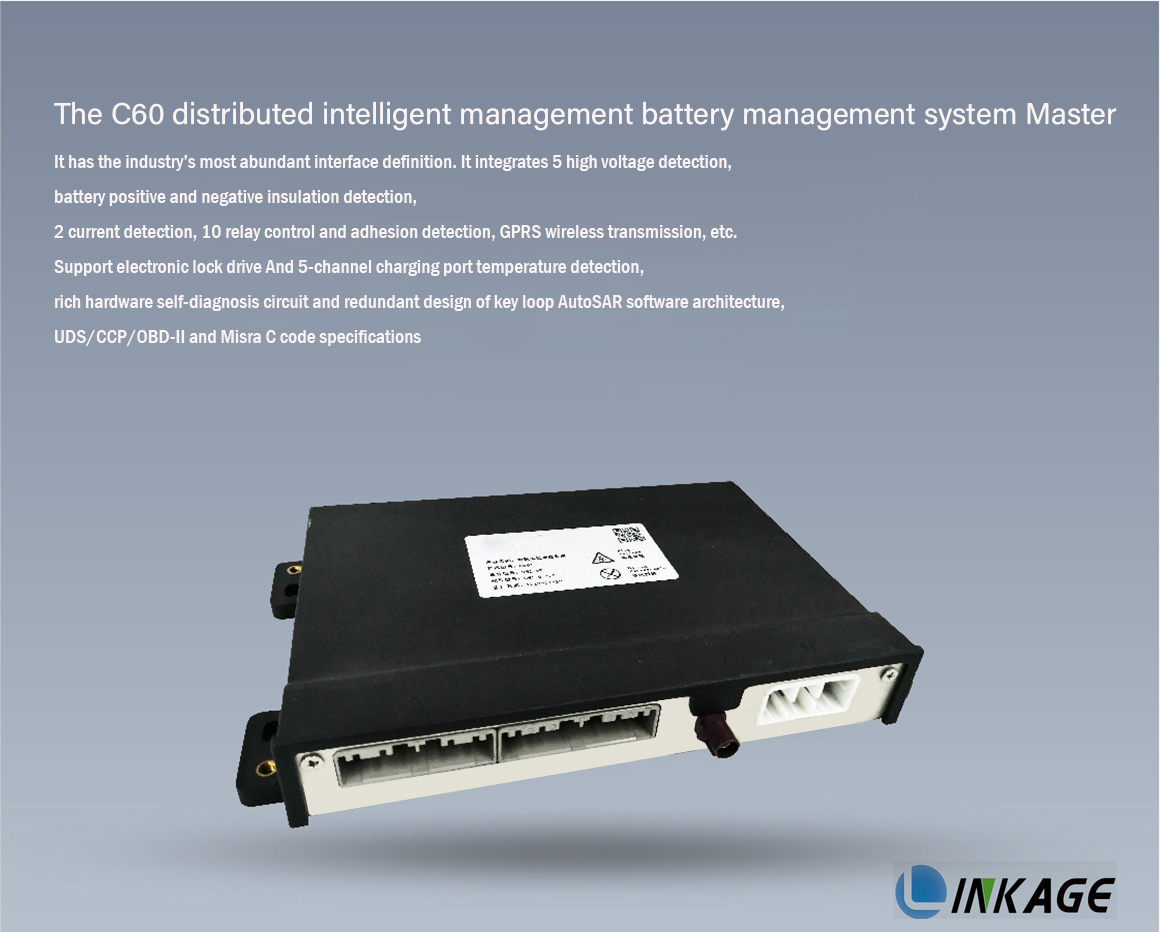
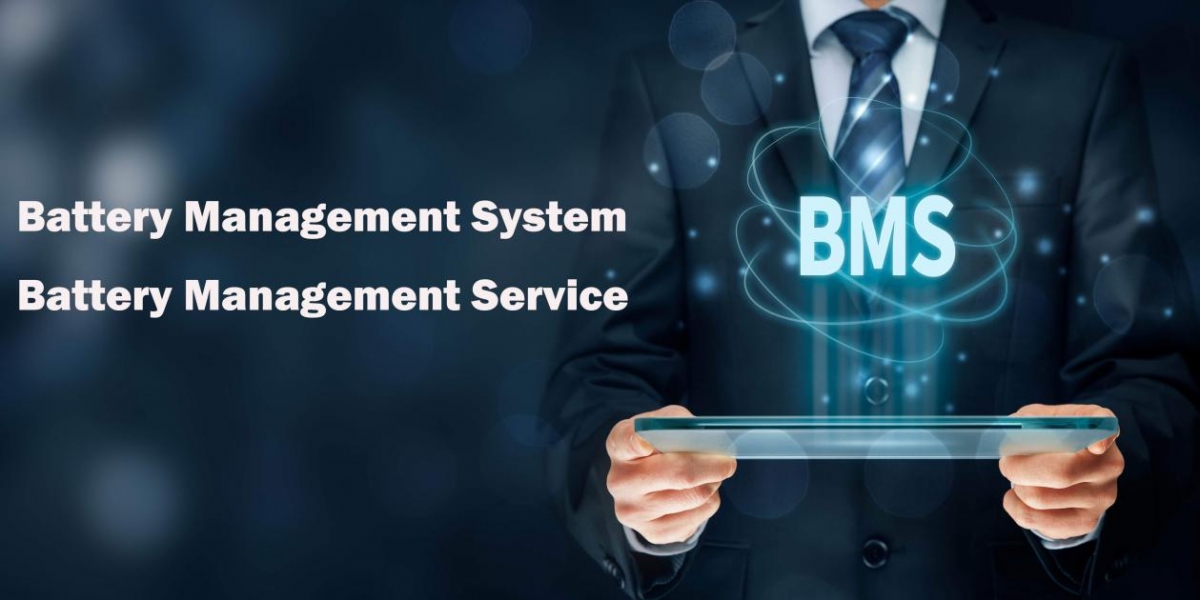
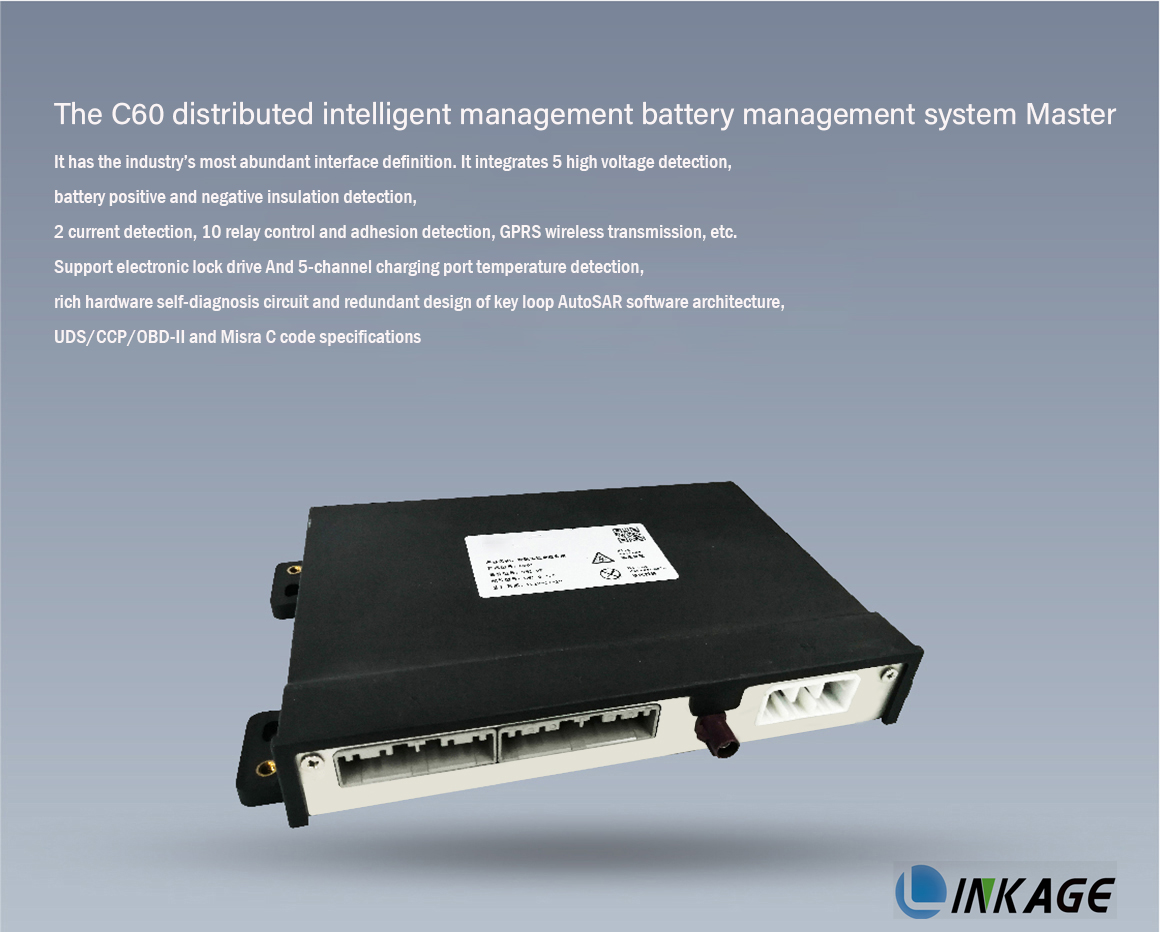
Baterei lithium-ion duwe energi interkalasi sing beda nalika reaksi interkalasi dumadi ing antarane rong elektroda, lan kanggo entuk kinerja baterei sing paling apik, rasio kapasitas loro elektroda inang kudu njaga nilai sing seimbang.
Ing baterei lithium-ion, imbangan kapasitas dituduhake minangka rasio massa elektroda positif menyang elektroda negatif,
Yaiku: γ=m+/m-=ΔxC-/ΔyC+
Ing rumus ing ndhuwur, C nuduhake kapasitas coulombik teoretis elektroda, lan Δx lan Δy nuduhake nomer stoikiometri ion lithium sing dipasang ing elektroda negatif lan elektroda positif. Bisa dideleng saka rumus ing ndhuwur yen rasio massa sing dibutuhake saka rong kutub gumantung saka kapasitas Coulomb sing cocog saka rong kutub lan jumlah ion lithium sing bisa dibalik.
Gambar
Umumé, rasio massa sing luwih cilik nyebabake panggunaan bahan elektroda negatif sing ora lengkap; rasio massa luwih gedhe bisa nimbulaké bebaya safety amarga overcharge saka elektroda negatif. Ing cendhak, ing rasio massa optimized, kinerja baterei sing paling apik.
Kanggo sistem baterei Li-ion sing becik, imbangan kapasitas ora owah sajrone siklus, lan kapasitas awal ing saben siklus minangka nilai tartamtu, nanging kahanan nyata luwih rumit. Sembarang reaksi sisih sing bisa ngasilake utawa ngonsumsi ion lithium utawa elektron bisa nyebabake owah-owahan ing imbangan kapasitas baterei. Sawise status imbangan kapasitas baterei diganti, owah-owahan iki ora bisa dibatalake lan bisa diklumpukake liwat pirang-pirang siklus, sing nyebabake kinerja baterei. Dampak serius. Ing baterei lithium-ion, saliyane reaksi redoks sing kedadeyan nalika ion litium deinterkalasi, ana uga akeh reaksi samping, kayata dekomposisi elektrolit, pembubaran bahan aktif, lan deposisi lithium metalik.
Alesan 1: Overcharging
1. Reaksi overcharge saka elektroda negatif grafit:
Nalika baterei wis overcharged, ion lithium gampang suda lan setor ing lumahing elektroda negatif:
Gambar
Lithium sing disimpen nutupi permukaan elektroda negatif, ngalangi interkalasi litium. Iki nyebabake efisiensi discharge lan mundhut kapasitas amarga:
①Nyuda jumlah lithium sing bisa didaur ulang;
②Litium logam sing disimpen bereaksi karo pelarut utawa elektrolit pendukung kanggo mbentuk Li2CO3, LiF utawa produk liyane;
③ Lithium logam biasane dibentuk ing antarane elektroda negatif lan pemisah, sing bisa mblokir pori-pori pemisah lan nambah resistensi internal baterei;
④ Amarga sifat litium sing aktif banget, gampang reaksi karo elektrolit lan ngonsumsi elektrolit, nyebabake nyuda efisiensi discharge lan mundhut kapasitas.
Ngisi daya cepet, Kapadhetan saiki gedhe banget, elektroda negatif banget polarisasi, lan deposisi lithium bakal luwih jelas. Iki bisa kedadeyan nalika bahan aktif elektroda positif luwih gedhe tinimbang materi aktif elektroda negatif. Nanging, ing kasus tingkat pangisian daya sing dhuwur, deposisi lithium metalik bisa kedadeyan sanajan rasio bahan aktif positif lan negatif normal.
2. Reaksi overcharge elektroda positif
Nalika rasio materi aktif elektroda positif kanggo materi aktif elektroda negatif banget kurang, overcharge elektroda positif kamungkinan bakal kelakon.
Mundhut kapasitas sing disebabake dening overcharge elektroda positif utamane amarga ngasilake zat inert elektrokimia (kayata Co3O4, Mn2O3, lan sapiturute), sing ngrusak keseimbangan kapasitas antarane elektroda, lan mundhut kapasitas ora bisa dibatalake.
(1) LiyCoO2
LiyCoO2→(1-y)/3[Co3O4+O2(g)]+yLiCoO2 y<0.4
Ing wektu sing padha, oksigen sing diasilake dening dekomposisi bahan elektroda positif ing baterei lithium-ion sing disegel akumulasi bebarengan amarga ora ana reaksi rekombinasi (kayata generasi H2O) lan gas sing gampang kobong sing diasilake dening dekomposisi. saka elektrolit, lan jalaran bakal unimaginable.
(2) λ-MnO2
Reaksi litium-mangan dumadi nalika litium-mangan oksida rampung delithiasi: λ-MnO2→Mn2O3+O2(g)
3. Elektrolit wis oxidized nalika overcharged
Nalika tekanan luwih dhuwur tinimbang 4.5V, elektrolit bakal dioksidasi kanggo ngasilake bahan sing ora larut (kayata Li2Co3) lan gas. Bahan-bahan sing ora larut iki bakal ngalangi mikropori elektroda lan ngalangi migrasi ion litium, sing nyebabake mundhut kapasitas nalika muter.
Factors that affect the rate of oxidation:
The surface area of the positive electrode material
Bahan kolektor saiki
Agen konduktif tambahan (ireng karbon, lsp.)
Jinis lan area permukaan karbon ireng
Among the more commonly used electrolytes, EC/DMC is considered to have the highest oxidation resistance. The electrochemical oxidation process of solution is generally expressed as: solution→oxidation product (gas, solution and solid matter)+ne-
The oxidation of any solvent will increase the electrolyte concentration, decrease the electrolyte stability, and ultimately affect the capacity of the battery. Assuming that a small amount of electrolyte is consumed each time it is charged, more electrolyte is required during battery assembly. For a constant container, this means that a smaller amount of active substance is loaded, which results in a decrease in the initial capacity. In addition, if a solid product is produced, a passivation film will be formed on the surface of the electrode, which will increase the polarization of the battery and reduce the output voltage of the battery.
Alesan 2: Dekomposisi elektrolit (reduksi)
Aku decompose ing elektroda
1. Elektrolit wis decomposed ing elektroda positif:
The electrolyte consists of a solvent and a supporting electrolyte. After the cathode is decomposed, insoluble products such as Li2Co3 and LiF are usually formed, which reduce the battery capacity by blocking the pores of the electrode. The electrolyte reduction reaction will have an adverse effect on the capacity and cycle life of the battery. The gas generated by the reduction can increase the internal pressure of the battery, which can lead to safety problems.
Tegangan dekomposisi elektroda positif biasane luwih saka 4.5V (vs. Li / Li +), supaya ora gampang decompose ing elektroda positif. Kosok baline, elektrolit luwih gampang diurai ing elektroda negatif.
2. Elektrolit wis decomposed ing elektroda negatif:
The electrolyte is not stable on graphite and other lithium-inserted carbon anodes, and it is easy to react to generate irreversible capacity. During the initial charge and discharge, the decomposition of the electrolyte will form a passivation film on the surface of the electrode, and the passivation film can separate the electrolyte from the carbon negative electrode to prevent further decomposition of the electrolyte. Thus, the structural stability of the carbon anode is maintained. Under ideal conditions, the reduction of the electrolyte is limited to the passivation film formation stage, and this process does not occur when the cycle is stable.
Pembentukan film pasif
Pengurangan uyah elektrolit melu pambentukan film passivation, sing migunani kanggo stabilisasi film passivation, nanging
(1) Ing prakara ora larut diprodhuksi dening abang bakal duwe efek salabetipun ing produk abang solvent;
(2) Konsentrasi elektrolit mudhun nalika uyah elektrolit dikurangi, sing pungkasane ndadékaké mundhut kapasitas baterei (LiPF6 dikurangi dadi LiF, LixPF5-x, PF3O lan PF3);
(3) The formation of the passivation film consumes lithium ions, which will cause the capacity imbalance between the two electrodes to reduce the specific capacity of the entire battery.
(4) Yen ana retak ing film passivation, molekul solvent bisa nembus lan thicken film passivation, kang ora mung nganggo liyane lithium, nanging uga bisa mblokir micropores ing lumahing karbon, asil ing kasekengan lithium kanggo dipasang lan diekstrak. , nyebabake mundhut kapasitas sing ora bisa dibatalake. Nambahake sawetara aditif anorganik menyang elektrolit, kayata CO2, N2O, CO, SO2, lan sapiturute, bisa nyepetake pembentukan film passivation lan nyandhet co-insertion lan decomposition saka solvent. Penambahan aditif organik mahkota eter uga nduweni efek sing padha. 12 mahkota lan 4 eter sing paling apik.
Faktor kanggo mundhut kapasitas film:
(1) Jinis karbon sing digunakake ing proses;
(2) Komposisi elektrolit;
(3) Aditif ing elektroda utawa elektrolit.
Blyr believes that the ion exchange reaction advances from the surface of the active material particle to its core, the new phase formed bury the original active material, and a passive film with low ionic and electronic conductivity is formed on the surface of the particle, so the spinel after storage Greater polarization than before storage.
Zhang ketemu sing resistance saka lapisan passivation lumahing tambah lan kapasitansi antarmuka melorot karo Tambah saka nomer siklus. Iki nuduhake yen kekandelan lapisan passivation mundhak kanthi jumlah siklus. Pembubaran mangan lan dekomposisi elektrolit nyebabake pambentukan film passivation, lan kondisi suhu dhuwur luwih kondusif kanggo kemajuan reaksi kasebut. Iki bakal nambah resistance kontak antarane partikel materi aktif lan resistance migrasi Li +, mangkono nambah polarisasi baterei, daya ora lengkap lan discharging, lan suda kapasitas.
II Mekanisme Reduksi Elektrolit
The electrolyte often contains oxygen, water, carbon dioxide and other impurities, and redox reactions occur during the charging and discharging process of the battery.
Mekanisme reduksi elektrolit kalebu telung aspek: reduksi pelarut, reduksi elektrolit lan reduksi impurity:
1. abang solvent
The reduction of PC and EC includes one-electron reaction and two-electron reaction process, and the two-electron reaction forms Li2CO3:
Fong et al. percaya yen sajrone proses discharge pisanan, nalika potensial elektroda cedhak 0.8V (vs. Li / Li +), reaksi elektrokimia PC / EC dumadi ing grafit kanggo ngasilake CH = CHCH3 (g) / CH2 = CH2 (g) lan LiCO3(s), anjog kanggo mundhut kapasitas irreversible ing elektroda grafit.
Aurbach et al. nindakake riset ekstensif ing mekanisme abang lan produk saka macem-macem elektrolit ing elektroda logam lithium lan elektrods adhedhasar karbon, lan ketemu sing mekanisme reaksi siji-elektron PC mrodhuksi ROCO2Li lan propylene. ROCO2Li sensitif banget kanggo nglacak banyu. Produk utama yaiku Li2CO3 lan propylene ing ngarsane banyu jejak, nanging ora ana Li2CO3 sing diprodhuksi ing kahanan garing.
Restoration of DEC:
Ein-Eli Y nglapurake yen elektrolit sing dicampur karo dietil karbonat (DEC) lan dimetil karbonat (DMC) bakal ngalami reaksi ijol-ijolan ing baterei kanggo ngasilake etil metil karbonat (EMC), sing tanggung jawab kanggo mundhut kapasitas. pengaruh tartamtu.
2. Pengurangan elektrolit
The reduction reaction of the electrolyte is generally considered to be involved in the formation of the carbon electrode surface film, so its type and concentration will affect the performance of the carbon electrode. In some cases, the reduction of the electrolyte contributes to the stabilization of the carbon surface, which can form the desired passivation layer.
Umume dipercaya manawa elektrolit sing ndhukung luwih gampang dikurangi tinimbang pelarut, lan produk pengurangan dicampur ing film deposisi elektroda negatif lan mengaruhi bosok kapasitas baterei. Sawetara reaksi reduksi saka elektrolit pendukung yaiku:
3. Pengurangan impurity
(1) If the water content in the electrolyte is too high, LiOH(s) and Li2O deposits will be formed, which is not conducive to the insertion of lithium ions, resulting in irreversible capacity loss:
H2O+e→OH-+1/2H2
OH-+Li+→LiOH(s)
LiOH+Li++e-→Li2O(s)+1/2H2
LiOH (s) sing diasilake disimpen ing permukaan elektroda, mbentuk film permukaan kanthi resistensi dhuwur, sing ngalangi interkalasi Li + menyang elektroda grafit, nyebabake mundhut kapasitas sing ora bisa dibatalake. A jumlah cilik saka banyu (100-300 × 10-6) ing solvent ora mengaruhi kinerja elektroda grafit.
(2) The CO2 in the solvent can be reduced on the negative electrode to form CO and LiCO3(s):
2CO2+2e-+2Li+→Li2CO3+CO
CO bakal nambah tekanan internal baterei, lan Li2CO3 (s) bakal nambah resistance internal baterei lan mengaruhi kinerja baterei.
(3) Anane oksigen ing pelarut uga bakal mbentuk Li2O
1/2O2+2e-+2Li+→Li2O
Amarga beda potensial antarane litium metalik lan karbon interkalasi kebak cilik, pangurangan elektrolit ing karbon padha karo pangurangan litium.
Reason 3: Self-discharge
Self-discharge nuduhake fenomena yen baterei ilang kapasitas kanthi alami nalika ora digunakake. Baterei Li-ion self-discharge nyebabake mundhut kapasitas ing rong kasus:
Salah sijine yaiku mundhut kapasitas sing bisa dibalik;
The second is the loss of irreversible capacity.
Mundhut kapasitas sing bisa dibalekake tegese kapasitas sing ilang bisa dipulihake sajrone ngisi daya, dene mundhut kapasitas sing ora bisa dibatalake yaiku sebaliknya. Elektroda positif lan negatif bisa tumindak minangka microbaterei karo elektrolit ing negara daya, asil ing lithium ion interkalasi lan deinterkalasi, lan interkalasi lan deinterkalasi elektroda positif lan negatif. Ion lithium sing ditempelake mung ana hubungane karo ion lithium elektrolit, saengga kapasitas elektroda positif lan negatif ora seimbang, lan bagean saka mundhut kapasitas iki ora bisa dibalekake sajrone ngisi daya. Kayata:
Lithium manganese oxide positive electrode and solvent will cause micro-battery effect and self-discharge, resulting in irreversible capacity loss:
LiyMn2O4+xLi++xe-→Liy+xMn2O4
Molekul pelarut (kayata PC) dioksidasi ing permukaan bahan konduktif karbon ireng utawa kolektor saiki minangka anoda baterei mikro:
xPC→xPC-radikal+xe-
Similarly, the negative active material may interact with the electrolyte to cause self-discharge and cause irreversible capacity loss, and the electrolyte (such as LiPF6) is reduced on the conductive material:
PF5+xe-→PF5-x
Litium karbida ing kahanan sing diisi dioksidasi kanthi ngilangi ion litium minangka elektroda negatif saka baterei mikro:
LiyC6→Liy-xC6+xLi+++xe-
Factors affecting self-discharge: the manufacturing process of the positive electrode material, the manufacturing process of the battery, the properties of the electrolyte, temperature, and time.
